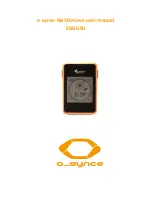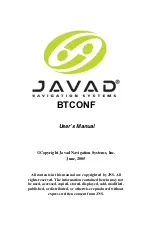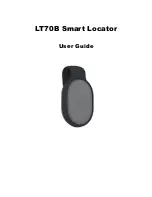
LX9000 Version 2.6
September 2011
Page 88 of 130
5.7.3
Modifying Zones
Now it is time to modify the observation zones. Select a point and press the
ZONE
button.
A new dialogue with the observation zone for the selected point will open.
Using parameters in the zone dialogue it is possible to describe all types of observation
zones.
Angle12
defines the orientation of the observation zone. Available parameters for
Direction
are:
•
Symmetric:
the most common selection for a turn point.
•
Fixed:
mostly used for assigned areas.
•
Next:
orients the observation zone in direction of the outgoing leg. This is usually used
for start.
•
Prev:
orients the zone in direction of the incoming leg and is usually used for the finish.
•
Start:
orients the sector always towards the start.
If the
Line
box is checked the sector will become a line type of observation zone. The
Radius1
parameter defines half the width of the line length. Use the lower-right knob to
increase the radius by 0.1 of the selected distance units and the lower-left knob to increase
the radius by 5 units.
If
Line
is not checked the
Angle1
parameter will define the basic shape of the observation
zone. A value of 180° means that the zone is a cylinder and 45° is the classic FAI sector.
Rotate the lower-right knob to increase the angle by 0.5° or use the lower-left knob to
choose values 22.5°, 45°, 90° or 180°.
Angle2
and
Radius2
are used for more complex observation zone setups.
When changing observation zone parameters the screen is automatically updated to display
the new zone.
Check the
AAT
checkbox, if you want to make the selected zone an assigned area. The
AAT
checkbox will be automatically checked when
Radius1
is greater than 10 km.
By default navigation to task points will be automatically advanced; uncheck
Auto next
if
you do not want to change over to next point when reaching selected point. This option will
be automatically unchecked when
Radius1
is greater than 10 km.
















































